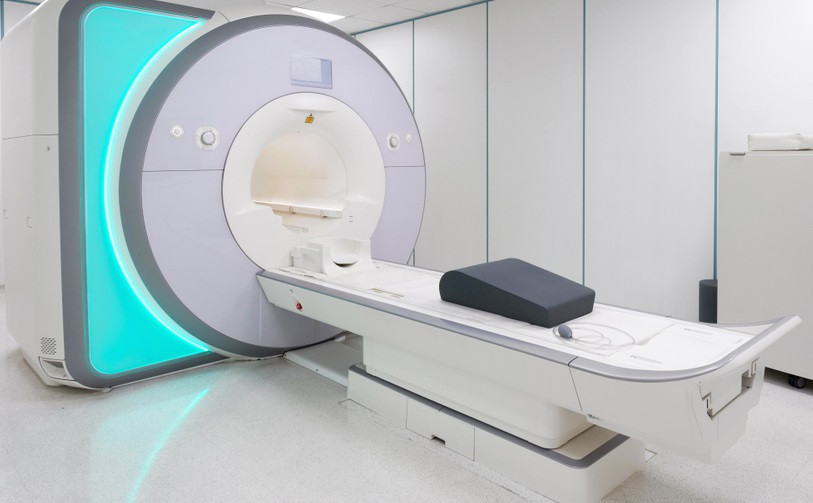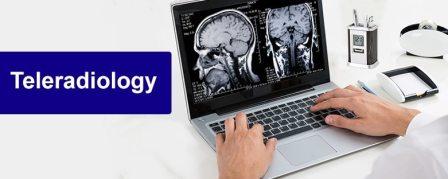
Introduction:
Dental radiography is an essential component of modern dentistry, offering valuable insights into oral health and guiding treatments with precision. In this article, we delve into the world of dental radiography, highlighting the meticulous precision and unwavering care that dental professionals exercise to ensure patients’ well-being while obtaining accurate diagnostic information. Let’s explore the key aspects of this intricate process.
- Patient-Centered Approach:
- Dental radiography starts with the patient. A patient’s specific needs and concerns are assessed, and a personalized radiographic plan is developed, taking into account factors like age, health conditions, and pregnancy.
- Minimizing Radiation Exposure:
- One of the paramount concerns in dental radiography is reducing radiation exposure. Dental professionals employ the ALARA (As Low As Reasonably Achievable) principle to limit radiation doses to the lowest possible level while maintaining diagnostic quality.
- Technological Advancements:
- Modern dental radiography benefits from cutting-edge technology. Digital radiography has replaced traditional film-based systems, offering reduced radiation exposure, instant image acquisition, and the ability to enhance and manipulate images for improved diagnostics.
- Innovative Imaging Techniques:
- Dental radiography encompasses various imaging techniques, including intraoral, extraoral, and three-dimensional (3D) imaging. These methods provide comprehensive views of the oral cavity, enabling precise diagnoses and treatment planning.
- Cone-Beam Computed Tomography (CBCT):
- CBCT is a game-changer in dental imaging. This 3D imaging technique offers high-resolution, detailed views of the oral and maxillofacial region. It is invaluable for implant planning, orthodontics, and diagnosing complex conditions.
- Infection Control and Sterilization:
- Maintaining the highest standards of infection control is non-negotiable in dental radiography. All equipment is thoroughly sterilized, and strict hygiene protocols are followed to protect both patients and staff.
- Patient Comfort and Education:
- Ensuring patient comfort and education is essential. Dental professionals explain the procedure, answer questions, and provide a calming environment to alleviate anxiety and promote trust.
- Quality Assurance:
- Dental radiographers are meticulous in quality assurance. They ensure images are clear, correctly positioned, and free from artifacts. This quality control is vital for accurate diagnoses.
- Ethical and Legal Responsibilities:
- Dental professionals adhere to strict ethical and legal guidelines. They obtain informed consent, maintain patient confidentiality, and ensure compliance with regulations related to radiography.
- Continuing Education:
- Staying current with the latest advances is paramount. Dental professionals engage in continuing education to expand their knowledge and refine their skills.
Conclusion:
Dental radiography is not merely a routine procedure; it represents the intersection of precision and care. The commitment to patient well-being, the use of advanced technology, and the dedication to minimizing radiation exposure make dental radiography a cornerstone of modern dentistry. Through meticulous attention to detail, dental professionals ensure that every X-ray captures the wisdom of the oral cavity, guiding effective diagnoses and facilitating tailored treatment plans with the utmost precision and care.
Service Areas:- Jamnagar – Khambhalia, Kalyanpur, Okhamandal, Kalavad, Jamjodhpur, Bhanvad, Lalpur, Jodiya, Dhrol; Morbi – Halvad Wankaner, Maliya, Miyana, Tankara; Mahisagar – Lunawada, Khanpur, Balasinor, Virpur, Santrampur, Kadana.
